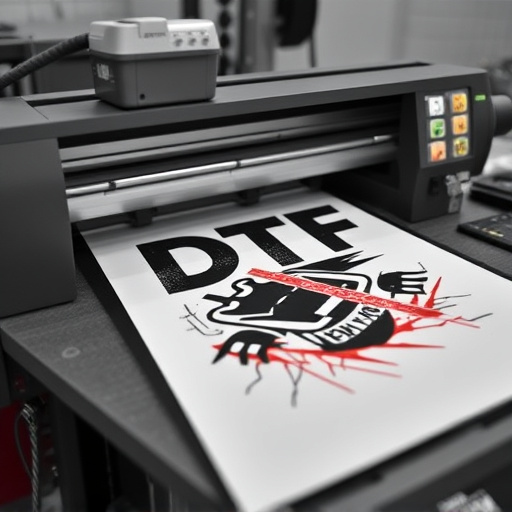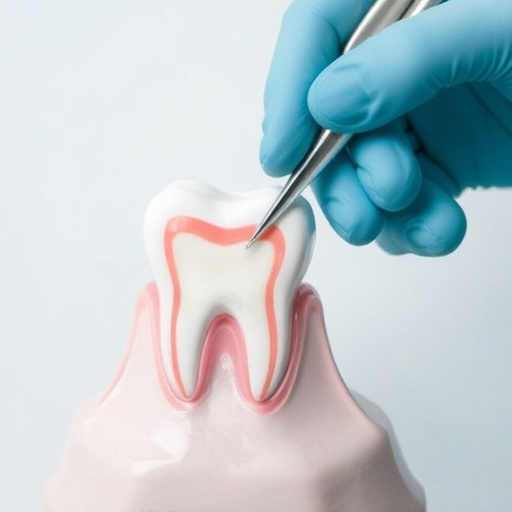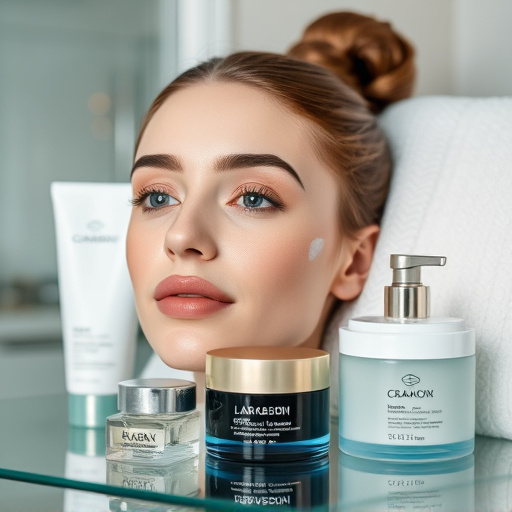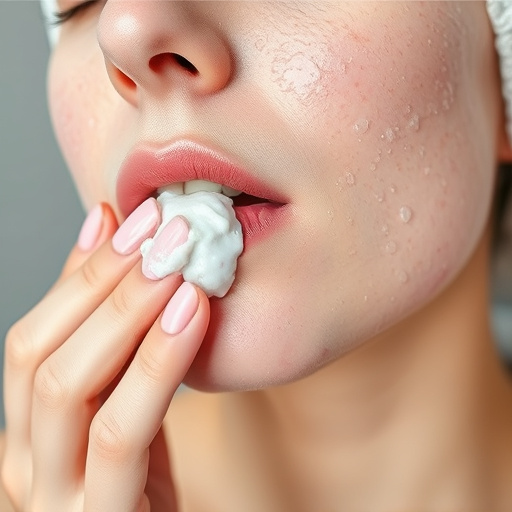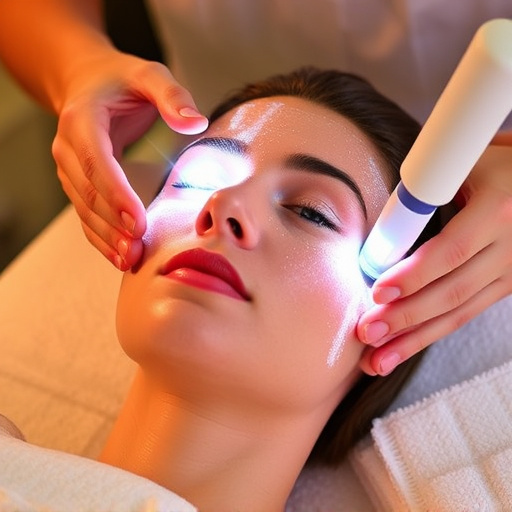Scar reduction therapy combines various non-surgical techniques like topicals, lasers, and microdermabrasion to minimize scar appearance by stimulating collagen production and breaking down scar tissue. Treatment effectiveness and number of sessions depend on scar type, age, skin health, and regenerative capacity. Professionals often recommend 3-6 sessions spaced weeks apart, followed by consistent skincare routines and regular check-ins for optimal results.
Scar reduction therapy is a sought-after treatment to minimize the appearance of scars, offering hope for those seeking smoother, more even skin. The number of sessions required varies greatly depending on scar type, size, and depth. This article provides a comprehensive guide to understanding scar reduction therapy, delving into the factors influencing session counts and the importance of optimized results through appropriate duration and follow-up care.
- Understanding Scar Reduction Therapy: A Comprehensive Overview
- Factors Influencing the Number of Sessions
- Optimizing Results: Session Duration and Follow-up Care
Understanding Scar Reduction Therapy: A Comprehensive Overview

Scar reduction therapy is a specialized approach designed to minimize the appearance and impact of scars on the body. This comprehensive treatment involves various techniques aimed at improving skin texture, reducing pigmentation, and enhancing overall scar visibility. The process targets both superficial and deep scars, offering hope for individuals seeking to restore their skin’s natural beauty.
Understanding scar reduction therapy requires recognizing its multi-faceted nature. It often combines medical-grade topicals, laser treatments, microdermabrasion, and other non-surgical procedures. These methods work synergistically to stimulate collagen production, break down scar tissue, and promote skin tightening. The result is a significant improvement in the appearance of scars, making them less noticeable and enhancing overall skin health. Compared to surgical options, these non-surgical treatments offer a gentler approach with minimal downtime, making them increasingly popular among those seeking effective scar reduction solutions.
Factors Influencing the Number of Sessions

The number of sessions required for scar reduction therapy can vary greatly depending on several factors. One of the primary influences is the type and severity of the scar. Different scars, from acne to surgical or traumatic, may respond differently to treatment, necessitating more or fewer sessions. Age also plays a significant role; younger skin tends to heal faster, potentially requiring less intensive treatment over a shorter period.
Additionally, individual skin health and overall healing capacity are crucial considerations. Some individuals may have stronger regenerative capabilities, allowing their scars to fade quicker with fewer sessions. Conversely, those with more challenging skin types or underlying conditions might need more time and tailored treatments, such as customized facials or laser hair removal for optimal scar reduction results.
Optimizing Results: Session Duration and Follow-up Care

Optimizing results with scar reduction therapy involves a combination of factors, including session duration and consistent follow-up care. Each individual’s skin responds uniquely to treatment, so there’s no one-size-fits-all answer regarding the number of sessions needed. Typically, professionals in the field recommend a series of 3 to 6 treatments, spaced several weeks apart, for optimal results. This range allows time for each product and procedure to take effect, addressing different layers of scarred skin.
Post-treatment care is equally crucial. Incorporating professional skincare routines and personalized recommendations from your aesthetician can enhance the healing process. Hydrating facials and other targeted treatments during follow-up appointments can help improve skin elasticity and texture, further refining the appearance of scars. Remember, consistency is key; regular check-ins with a trusted dermatologist or skincare specialist will ensure you’re on the right track to achieving smoother, healthier-looking skin.
Scar reduction therapy sessions can vary greatly depending on the severity and type of scar. Generally, a series of 6 to 12 treatments is common, with each session targeting specific areas for optimal results. The duration of each session and consistent follow-up care are key factors in enhancing healing and reducing scar visibility. By understanding these variables, individuals can navigate their journey towards achieving smoother, less noticeable scars effectively.

